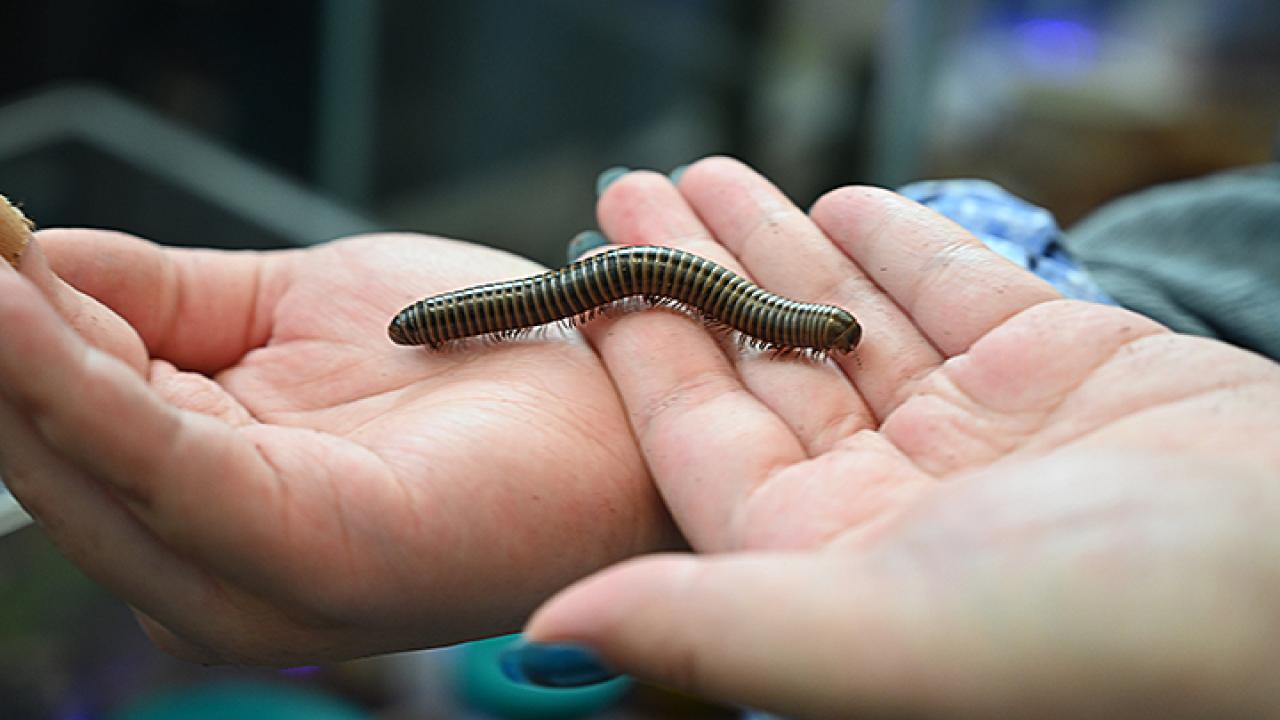
What's on Tap for UC Davis Biodiversity Museum Day?
What Visitors Can Expect to See on Feb. 8
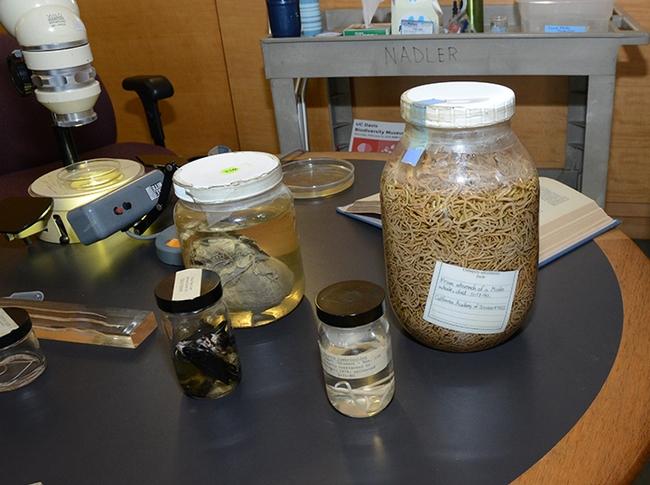
What's on tap for the 14th annual UC Davis Biodiversity Museum Day on Saturday, Feb. 8?
It's a Super Science Day and an opportunity to explore, discover and connect, says chair Tabatha Yang, education and outreach coordinator for the Bohart Museum of Entomology and a co-founder of Biodiversity Museum Day. It's an opportunity to chat with the scientists. The event is free and family friendly.
What can visitors expect to see?
The UC Davis Department of Entomology is showcasing the Bohart Museum, housed in the Academic Surge Building, and the Nematode Collection, which can be viewed in the Katherine Esau Science Hall.
Bohart Museum of Entomology
Room 1124 and main hall of the Academic Surge Building, 455 Crocker Lane. Hours: 9 a.m. to 1 p.m.
"We will have the main hallway lined with experts sharing insect specimens (live and preserved) and tours of the collections," said Yang. "The Bohart will be joined by bee experts (other than honey bees), including UC Davis professors Felicity Muth, Rachel Vannette and Neal Williams and their labs. For the ant lovers, professor Phil Ward and his lab will also be on hand to discuss ants."
"Then at 2:45 p.m. in Cruess Hall, Room 1002, the Bohart Museum is hosting the showing of the documentary Nocturnes, about moth research in the Himalayas. It will be followed by a discussion about remote field research with Iris Quayle, a graduate student in the Bond Lab who has been to Belize and Madagascar to study insects. This film is beautiful, slow, and immersive and has some subtitles. It requires a stillness and patience, so may not be for everyone."
Nematode Collection
Katherine Esau Science Hall, off Kleiber Hall Drive. Hours: 10 a.m. to 2 p.m.
"We are excited to showcase the nematode collection for another year at the UC Davis Biodiversity Museum Day!" said doctoral student Veronica Casey of the lab of Shahid Siddique, associate professor. "There will be jars containing preserved animal-parasitic nematodes, including dog heartworm and a worm donated by a student who was infected when traveling abroad (they're ok now!). We will also have samples of plants infected by plant-parasitic nematodes. Visitors can look under the microscope to see the amazing diversity of free-living nematodes extracted from a local soil sample. There will be a screen projecting a live feed of Caenorhabditis elegans, a model organism used in many different scientific fields. Visitors will get to take home their own fuzzy toy worm!"
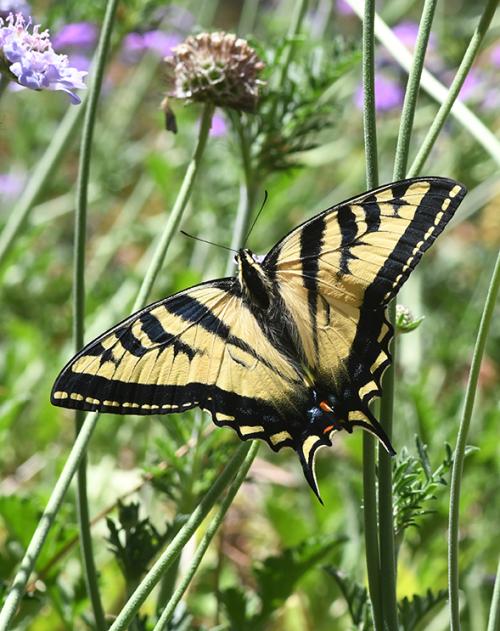
Arboretum and Public Garden
Habitat Gardens in the Environmental GATEway, adjacent to the Arboretum Teaching Nursery on Garrod Drive. Hours: noon to 4 p.m.
"Biodiversity Museum Day 2025 at the Arboretum and Public Garden features interactive activities like Duckweed Chase, Species Sweep & Sort, and Nature Water Coloring, along with educational tours and experiments such as the Waterway Stewardship tour and Acid-Base Indicator experiment," said Melissa Cruz Hernandez, outreach and leadership program manager. "Visitors can also explore wildlife through Waterway Wildlife activities, design climate-ready gardens, and participate in sustainable horticulture practices. Additional highlights include the Arboretum Teaching Nursery tour and bird-watching at the Birds in Focus station." (See blurbs)
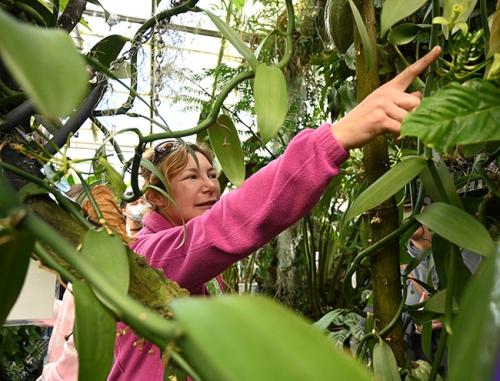
Botanical Conservatory
The greenhouses along Kleiber Hall Drive. Hours: 10 a.m. to 2 p.m.
California Raptor Center
1340 Equine Lane, off Old Davis Road (Located three miles south of the central campus.) Hours: 9 a.m. to 3 p.m.
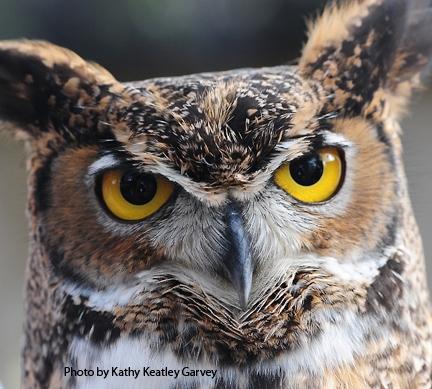
"At Biodiversity Museum Day, our educational ambassador raptors will be viewable on exhibit, with some of them out 'on the glove' for up close encounters," said Julie Cotton, operations manager. "Our ambassador birds represent 12 different species of raptor that can be found in California, from the diminutive American Kestrel to the iconic Bald Eagle. Our staff and volunteers will be available to answer questions and share information about our local birds of prey."
An outside wall of the visitors' center features a mural of raptors and insects, a work led by UC Davis distinguished professor (now emerita) Diane Ullman, entomologist and artist; and lecturer emerita Gale Okumura of the Design Department. It is titled "A Bird's Eye View."
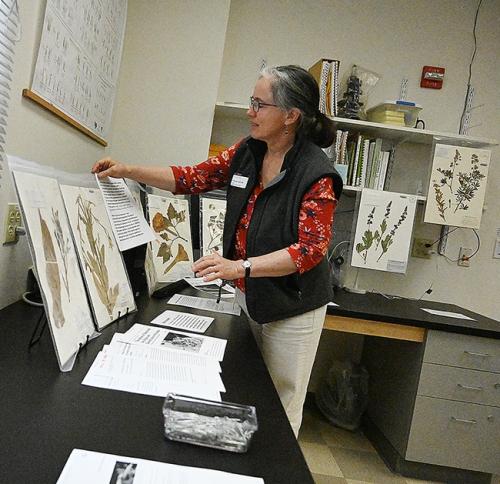
Center for Plant Diversity
Katherine Esau Science Hall off Kleiber Hall Drive. Hours: 10 a.m. to 2 p.m.
"At the Center for Plant Diversity herbarium, visitors will see plant pressing and plant specimen mounting demos, they can take a tour our 300,000 specimen collection," says curator Alison Colwell, "and view a display made by our students about our rare plant seed collection project, including some federally listed endangered species."
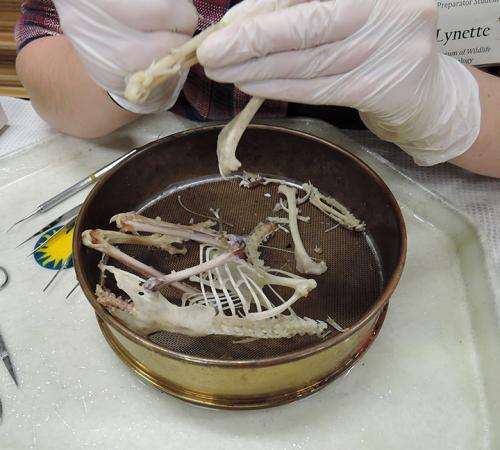
Museum of Wildlife and Fish Biology
Room 1394, Academic Surge Building, 455 Crocker Lane. Hours: 10 a.m. to 2 p.m.
"With more than 70,000 specimens and more than 13,000 archived tissues, the Museum of Wildlife and Fish Biology (MWFB) houses one of the most significant, modern collections of birds, mammals, and fish in California, establishing the MWFB as a key facility addressing environmental issues such as wildlife conservation, endangered species recovery, native fish decline, landscape ecology, systematics, and biodiversity."--Curator Andy Ingilis and collections manager Irene Ingilis.
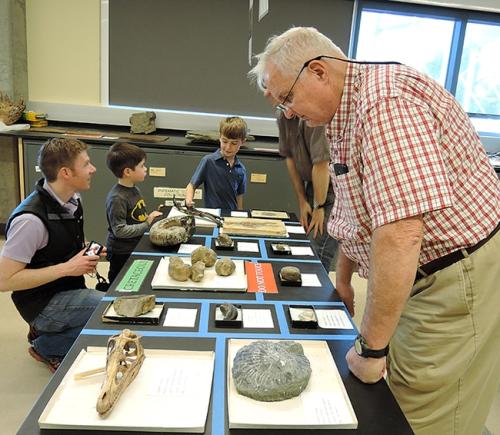
Paleontology Collection
Department of Earth and Planetary Sciences, 1309 Earth and Physical Sciences Building, 434 LaRue Road. Hours: 10 a.m. to 2 p.m.
"At the Paleontology Collection, visitors are invited to see the fossils of prehistoric creatures that crawled, swam, flew, and snarled throughout Earth's history," said doctoral student Benjamin Faulkner. "From delicate shells to the massive bones of dinosaurs, each specimen tells a story from the chapters of life. Join our students and scientists to connect to our planet's prehistoric past!"
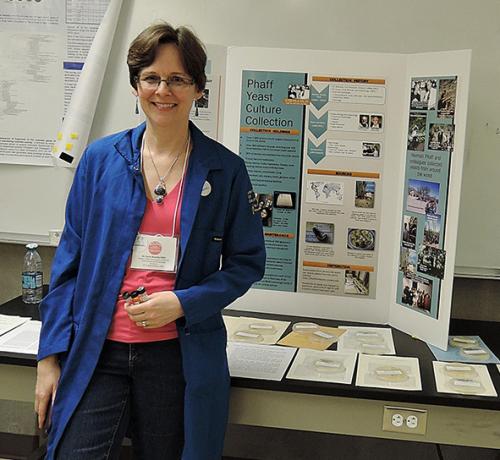
Phaff Yeast Culture Collection
Robert Mondavi Institute Brewery and Food Processing facility, Old Davis Road. Hours: 10 a.m. to 2 p.m.
"At the Phaff Yeast Culture Collection, visitors can tour the teaching brewery and winery, taste Vegemite and Kombucha, see many different species of yeast under the microscope, laugh at some really funny yeast jokes, and learn about discoveries that are being made at UC Davis using yeasts in the Phaff Yeast Culture Collection," said yeast collection curator Kyria Boundy-Mills. Newly discovered fats and oils made by yeasts will be on display. Event schedule:
- 10 a.m. to 2 p.m.: Visit the yeast collection open house; talk with scientists, learn about yeast and our recent discoveries
- 10:30, 11, 11:30, Noon, 12:30, 1:00 and 1:30: tours of the UC Davis Teaching and Research Brewery
- 11:45: Yeast collection curator Kyria Boundy-Mills will give a brief talk, “How Scientists Name New Yeast Species." This will take place in the Food Science Classroom, Room 1106, of the Brewery, Winery, and Food Science (BWF) building: (See more)

Design Museum
Visual Journals: 2010-2024 Exhibit at Cruess Hall, Room 124, 375 California Ave. Hours: 1 to 5 p.m.
"An engaging exhibition, which brings together visual journals belonging to students who participated in the UC Davis Design study abroad program, opened on Jan. 21 at the UC Davis Design Museum. Visual Journals: 2010-2024 is a partnership between the UC Davis Department of Design and Global Affairs. The installation runs through April 25."
"Visual journals are like traditional travel diaries, but instead of written entries, they contain sketches, hand lettering, photographs, magazine cutouts, and printed ephemera. Even dirt, waste, and stains are acceptable if they visually capture feelings, thoughts, and ideas. During the four-week UC Davis Design in Europe study abroad program, students keep a visual journal that responds to the prompt What is European Design and Culture?"--Tim McNeil, director of the Design Museum and professor of design.
Refreshments. During UC Davis Biodiversity Museum Day, food trucks will be available, and a dining hall will be open. See more information on the UC Davis Biodiversity Museum Day website. Pre-recorded programs on nematodes, honey bees, millipedes, ants, wasps, arachnids, butterflies and anthropology may be viewed here.
